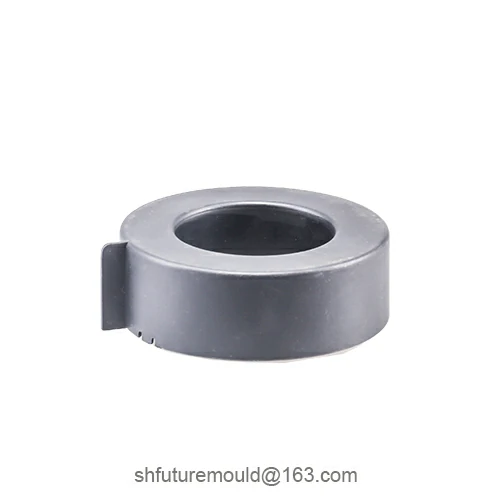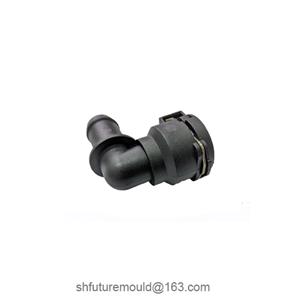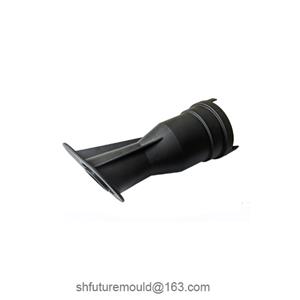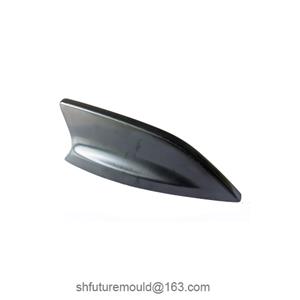The Importance of Standardization in Injection Mold Design
Standardization in injection mold design is a crucial approach to enhancing production efficiency, reducing costs, and ensuring product quality.
1. Improved Design Efficiency
Modular Design: By breaking down molds into standardized modules, design time can be significantly reduced, and the likelihood of design errors minimized.
Reusability: Standardized mold components can be reused, reducing the workload associated with starting designs from scratch.
Rapid Response: For standardized products, mold design solutions can be generated quickly.
2. Reduced Production Costs
Lower Material Costs: Standardization enables bulk purchasing of standard components, reducing material costs.
Shorter Processing Time: Mature processing techniques for standardized mold components shorten production cycles.
Lower Maintenance Costs: Standard components are easier to replace and maintain, reducing maintenance costs.
3. Guaranteed Product Quality
Enhanced Precision: Standardized mold components offer higher precision, ensuring consistent product dimensions and appearance.
Reduced Defect Rates: Standardization effectively minimizes defects caused by design errors or processing discrepancies.
Extended Mold Lifespan: The consistent quality of standardized mold components contributes to longer mold service life.
- Injection Mold
- Automotive Injection Mold
- Electronics & Electrical Injection Mold
- Consumer Goods Injection Mold
- Airplane Components Injection Mold
- Medical Components Injection Mold
- Irrigation Components Injection Mold
- Injection Molds




